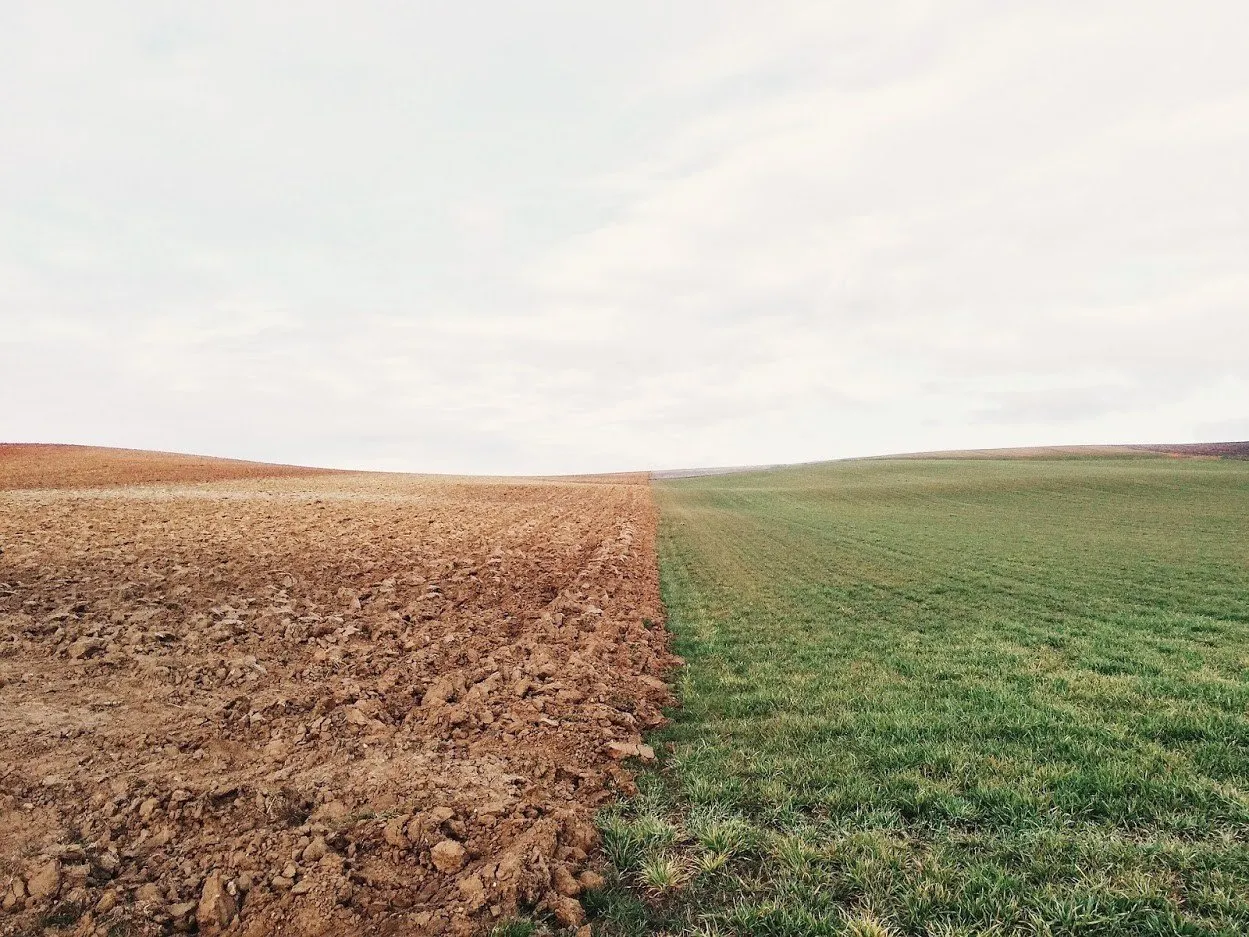
Effects of Soil Types on Well Digging and Operation
When you’re sinking a well on your property, the soil (and possibly some bedrock) is the main obstruction between the surface of the ground and the aquifer that provides the water. But equally, the soil is what will hold your well pump in place, filter water as it sinks through the ground, and affect whether your aquifer can provide clean water to your well quickly and reliably.
So the relevant aspects of your soil are important not just during the drilling process, but throughout your well’s service life. With this in mind, you’ll want to learn as much as you can about how your soil could affect the well before you get started.
Here are some of the basics of different types of soil and how they affect well digging and operation.
Ideal Versus Problematic Soil Types
In theory, the perfect soil for a well would be a deep, well-balanced soil free of rocks with middling to high water table. Soil should be loose to allow high water yield, yet dense enough to filter rainwater safely before it hits the groundwater. The deeper the topsoil and higher the water table, the less bedrock your contractors will likely have to drill through to reach the water.
More problematic soil types include silty or heavy clay, fine sand, soil with many large rocks, or absence of topsoil (bare bedrock).
How to Determine Suitability
Drilling an entire well can be an expensive venture, so you can limit your potential losses by first ensuring the site is likely to be suitable. The first step is to have a professional look at the site itself, the geographical records, and the specs of nearby wells to see if your well-drilling prospects are good.
Your well professional will also check the composition of the soil to see if it lines up closely enough with an ideal or at least passable soil type. However, to ascertain whether the spot you’re thinking of actually has access to your aquifer, you may want a test hole drilled before the actual well.
Drilling Issues Can Arise if Soil Is Problematic
Soil with large rocks in it can cause difficulties for the drilling equipment. Sandy soil may be easy to get through, but cause problems when the sand shifts back into the hole, trapping the drill pipe in place. In addition, if your topsoil is shallow, your contractor may need to drill through a lot of bedrock, which is a slow and arduous process.
Soil Type Can Affect Well Operation
The drilling process isn’t the only thing soil composition can affect. For instance, extremely sandy soil could allow rainwater into the aquifer without filtering out chemicals completely. Or, either silty or sandy soil could allow grit and sediment into the water. In this scenario, you may need to filter or otherwise treat your water for contaminants before using it.
Ways to Compensate for Soil Problems While Drilling
Some soil problems can have solutions that your drilling company can implement as long as you know about the issue beforehand. This is why drilling a test hole first is important. For example, if your soil is likely to result in a low-yield well, a different size of well casing could help improve the well’s yield.
Soil problems can also mean that you pay more to have the well drilled. Compensating could mean the well drilling personnel need to use different equipment or different materials. Or, personnel may need to work longer to achieve the same result (such as when drilling through bedrock), raising labor costs. Knowing about potential problems can help inform your budget.
These are some of the basics you’ll need to know about the way your soil composition can affect your water well both during the drilling process and throughout the well’s lifespan. For more information on the well drilling strategies and tools needed for your situation, contact Bruce MacKay Pump & Well Drilling Service Inc today.
